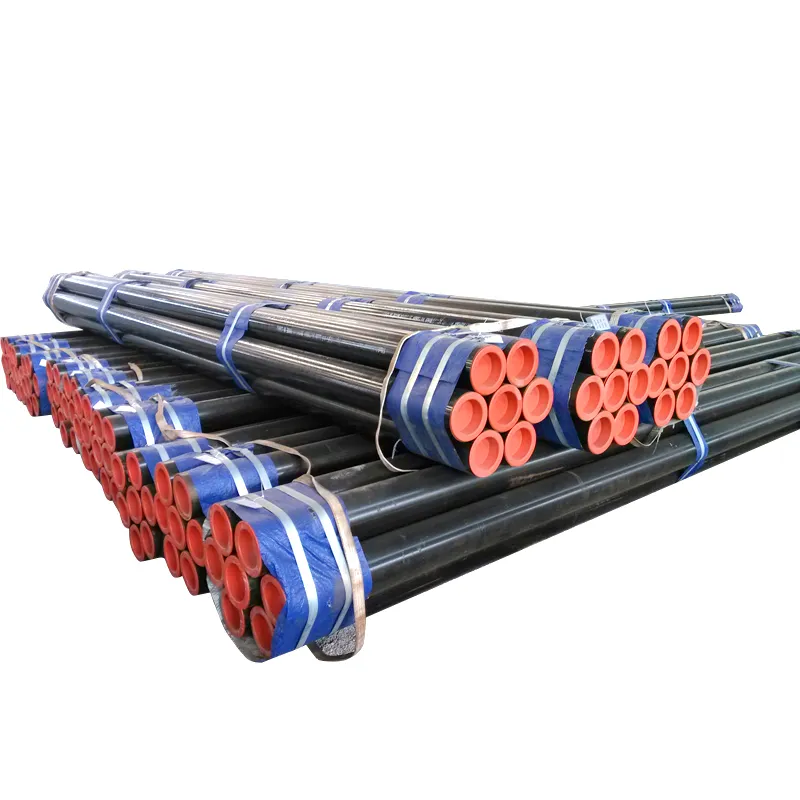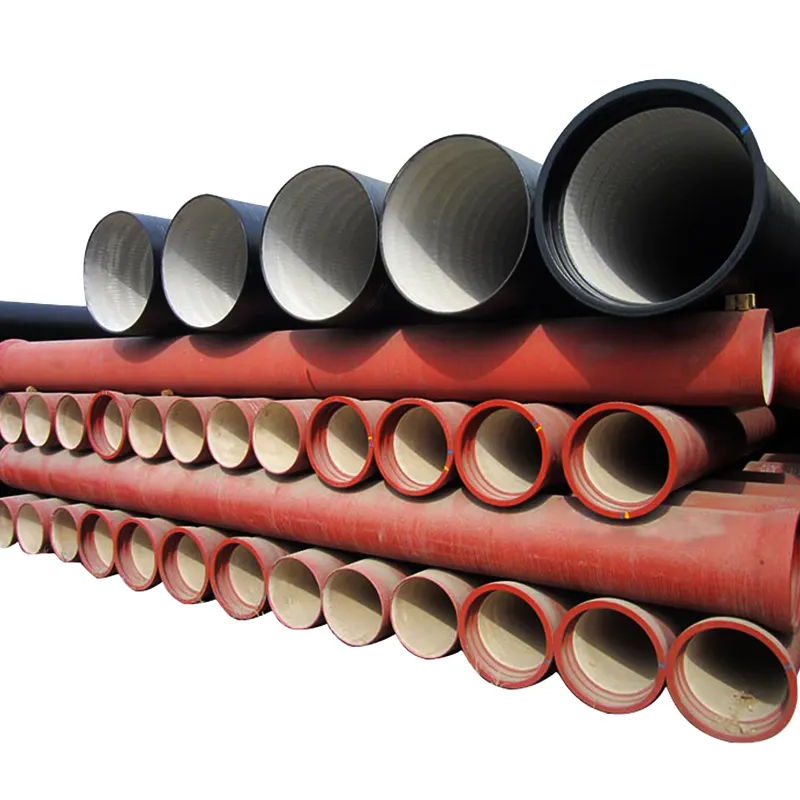ISO 2531 ductile iron pipe is manufactured in compliance with the International Organization for Standardization (ISO) 2531 standard, which serves as a globally recognized benchmark for ductile iron pipes used in water and sewage systems. This standard meticulously defines technical specifications covering material composition, mechanical properties, manufacturing processes, and testing methods to ensure uniform quality and performance of pipes across different regions. In terms of material composition, ISO 2531 ductile iron pipes primarily consist of carbon, silicon, manganese, and trace elements like magnesium and rare earth, which are crucial for spheroidizing graphite into nodules. This microstructure minimizes stress concentration, endowing the material with superior tensile strength (typically ≥420 MPa), yield strength (≥300 MPa), and elongation (≥10%), enabling it to withstand high internal pressure and external loads in pipeline systems. The manufacturing process commonly employs centrifugal casting to ensure uniform wall thickness and a dense internal structure, followed by heat treatment to optimize mechanical properties. Surface treatments, such as zinc spraying and bituminous coating, enhance corrosion resistance, while internal linings like cement mortar or epoxy resin ensure hygiene for water transportation. ISO 2531 pipes are widely applied in urban water supply networks, sewage treatment plants, and industrial drainage systems globally. Their standardized dimensions and joint designs (e.g., flexible rubber ring joints) facilitate easy installation and adaptation to ground settlement or seismic activities. The standard’s global recognition simplifies procurement for international projects, ensuring compatibility and interchangeability. As urban infrastructure expands, especially in developing countries, the demand for ISO 2531 compliant pipes continues to grow, driven by their reliability and long service life.


